Squacco Heron
Last updated on July 3rd, 2024 at 04:24 pm
The Squacco Heron is a species of medium-sized wading bird in the family Ardeidae. It is characterized by a generally deep buff or light brown color. Its grayish beak in all seasons becomes blue-turquoise at the time of reproduction. This one has orange legs. The plumage of its head is remarkable since it is adorned with many brown and white crests. In flight, it looks completely different since it is the white color of its wings that predominates. There is no marked sexual dimorphism in this species.
Squacco Heron
Scientific name : Ardeola ralloides
Family : Ardeidae
Long.40 à 49 cm, Env. de 71 à 86 cm
Weight: de 250 à 300 gr
Flight
The Squacco Heron flaps its wings slowly, it also flies with its head bent back and its legs outstretched. Its flight is powerful and regular.
Habitat
This heron nests in estuaries, deltas and riparian galleries, with however a preference for areas of well-developed vegetation, in marshes and lakes with thick riparian and aquatic vegetation. In migration and to feed, it also frequents ponds, ditches, rice fields and open lakes.
Regime – Diet
The Squacco Heron feeds on fish, amphibians and insects that it catches in shallow water. Frogs are among its favorite prey. It feeds along streams, and at the edge of marshy bodies of water, near cover. Despite its name, no crab catches have been observed. Recent studies have shown that orthoptera and beetles represent the bulk of the diet in the Camargue. The Squacco Heron assumes a fairly horizontal posture when fishing.
Nesting
This heron nests in small colonies in trees, thickets or reeds, usually with other herons and egrets. The nest consists of a platform of branches, twigs, reeds. Both parents build the nest but usually the female is responsible for arranging the materials brought by the male. The laying of 4-6 pale greenish-blue eggs occurs in May. Incubation lasts about 22 to 24 days by female alone. The altricial chicks leave the nest after 30 to 35 days and take flight after 45 days.
Migration
Squacco Heron are migratory birds. They mainly migrate to the tropical regions of northern Africa. the first returns to the Camargue sites take place at the beginning of April and the visits continue until the end of May.
Protection
Species protected in France (article 1 and 5 of the amended decree of 17/04/81), listed in Appendix I of the Birds Directive, Appendix II of the Bern Convention and listed in category A3c of the AEWA (Mediterranean, Black Sea and North African populations).
It is therefore prohibited to destroy, mutilate, capture or remove it, to intentionally disturb or naturalize it, as well as to destroy or remove eggs and nests and to destroy, alter or degrade their environment.
.
Cry
The Squacco Heron is fairly silent but utters a rather characteristic abrupt and scratchy “Karr”, often when disturbed, or in the evening.
Useful Links
Other Links
- You can see the article from my site “Birds of Camargue” for more information on the Camargue and the Birds.




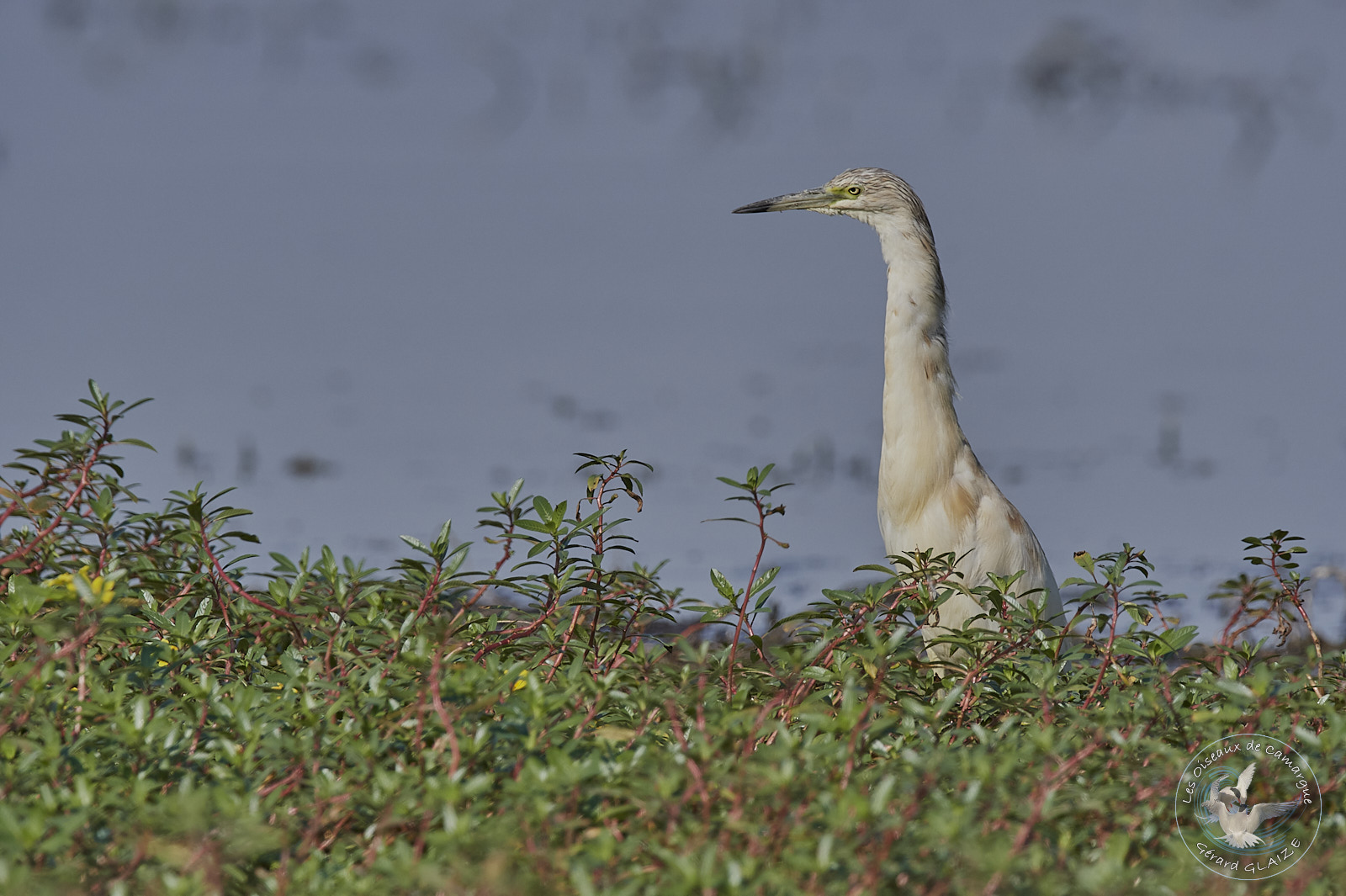





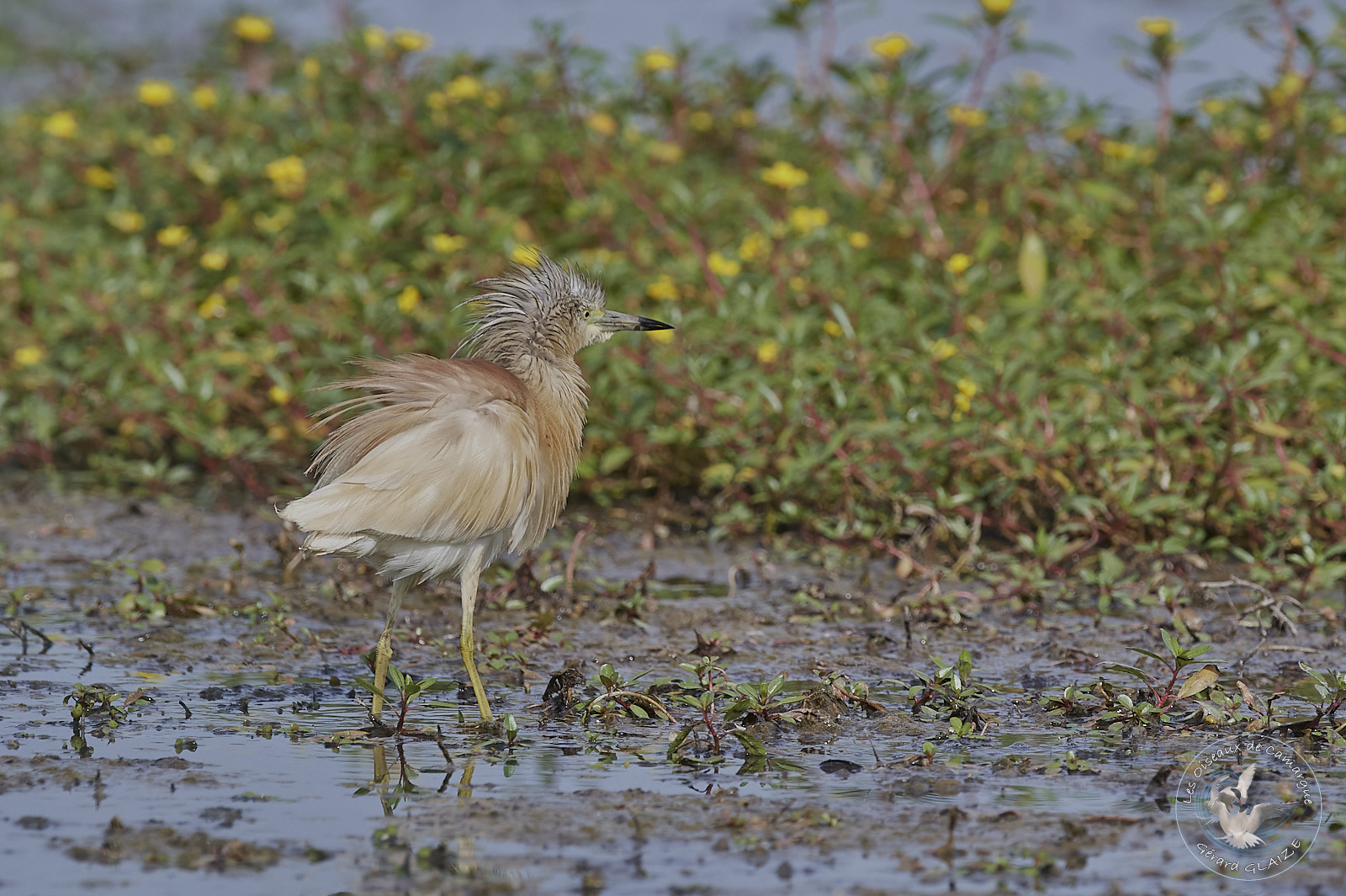












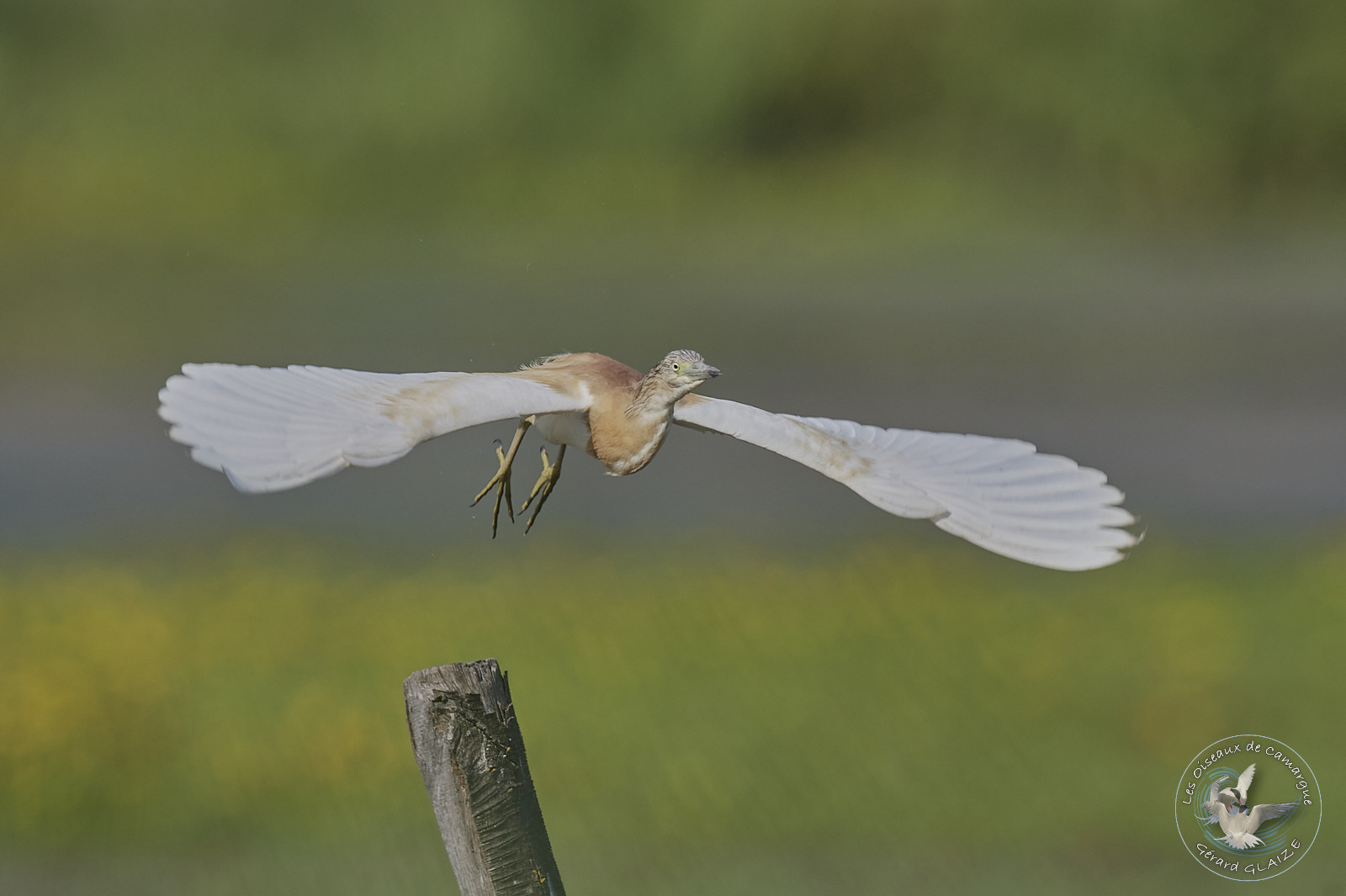

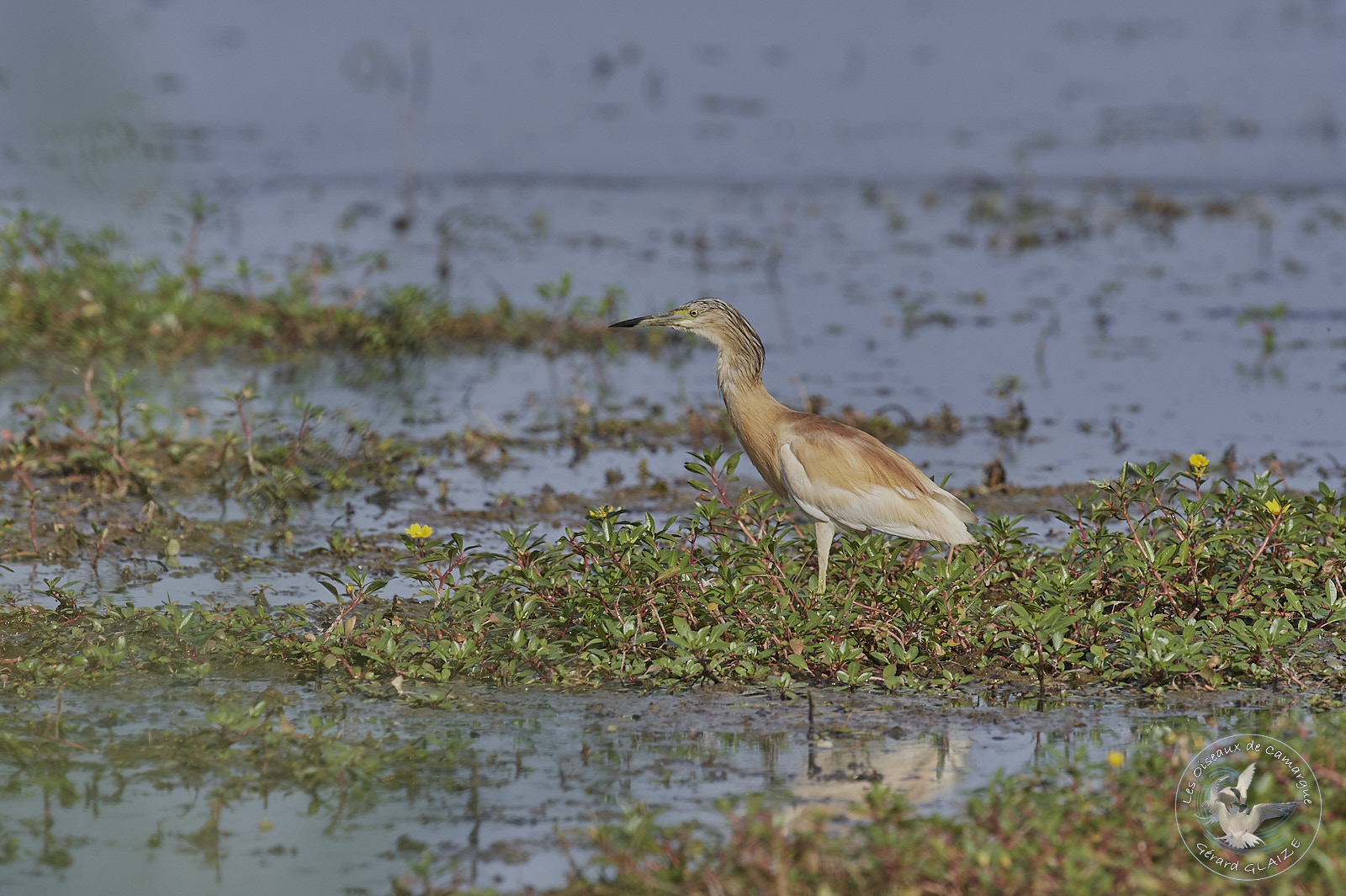

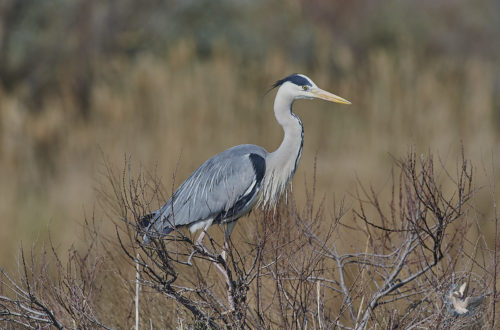

2 Comments
Jo
Incredible pictures and info, thankyou. I am planning on visiting the area in March, but may wait until April for a chance to see the squacco, are there many?
Gérard
Thank you for your comment. If you visit the region, wait until April (return from migration) or May. Most of the photos in my article were taken in July. You can observe some of them in the Marsh of Vigueirat. But their presence is often random.